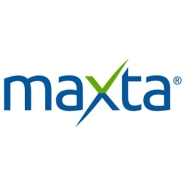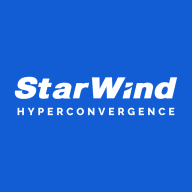

Find out what your peers are saying about Dell Technologies, Broadcom, Nutanix and others in HCI.
| Product | Market Share (%) |
|---|---|
| Maxta Hyperconvergence Software | 0.2% |
| VxRail | 15.8% |
| VMware vSAN | 13.9% |
| Other | 70.1% |
| Product | Market Share (%) |
|---|---|
| StarWind Storage Appliance | 1.0% |
| Dell PowerScale (Isilon) | 16.5% |
| Dell PowerStore | 11.3% |
| Other | 71.2% |

| Company Size | Count |
|---|---|
| Small Business | 5 |
| Midsize Enterprise | 3 |
| Large Enterprise | 2 |
Maxta is a highly praised solution for IT environments requiring efficient virtualization and storage management. Known for its hyper-converged infrastructure capabilities, Maxta simplifies and consolidates computing and storage into a manageable solution. It enhances data center efficiency, reduces hardware costs, and is scalable. Users appreciate its cost-effectiveness and built-in data protection features, which increase productivity and improve organizational performance.
For SMB and Enterprises who are looking for high performance primary storage for server virtualization, VDI, database and Big Data scenarios, or inexpensive secondary backup tier, our solution is StarWind Storage Appliance. It unifies commodity servers, disks and flash, and associated software into an easily scalable storage platform.
Additionally, the appliance features an optional gateway to Azure public cloud, which helps to implement an effective Disaster Recovery plan or meet regulatory requirements. StarWind SA scales up by adding individual disks and flash modules, or JBODs, while adding ready controller nodes allows scaling out.
StarWind SA targets those, who need high-performance primary storage or secondary storage for backup. In case there is a whole virtualization infrastructure to build from scratch, StarWind HCA will come in handy. Otherwise, if all the required hardware is present, StarWind Virtual SAN will be enough to build a high-performance virtualization setup.
We monitor all HCI reviews to prevent fraudulent reviews and keep review quality high. We do not post reviews by company employees or direct competitors. We validate each review for authenticity via cross-reference with LinkedIn, and personal follow-up with the reviewer when necessary.